-
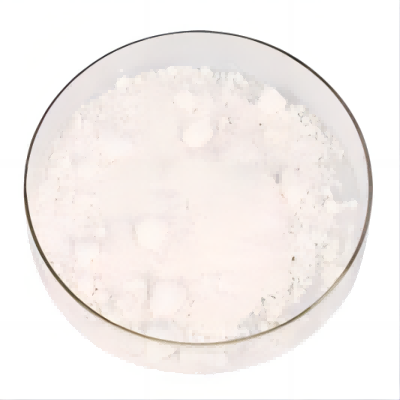
Diflubenzuron CAS:35367-38-5 Manufacturer Supplier
Diflubenzuron is an insecticide of the benzoylurea class.It is used in forest management and on field crops to selectively control insect pests, particularly forest tent caterpillar moths, boll weevils, gypsy moths, and other types of moths.It is a widely used larvicide in India for control of mosquito larvae by public health authorities. Diflubenzuron is approved by the WHO Pesticide Evaluation Scheme.
-
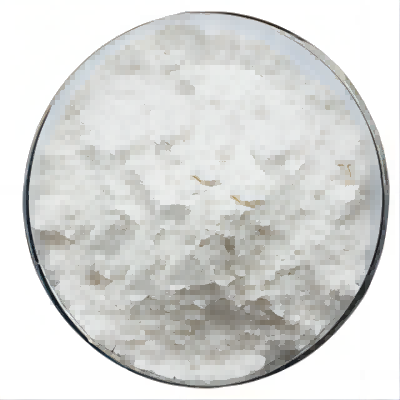
Cyromazine CAS:66215-27-8 Manufacturer Supplier
Cyromazine is a triazine insect growth regulator that can be used as an insecticide and an acarcide. It is a kind of cyclopropylderivative of melamine, and also belongs to the family of aminotriazines which are compound consisting of an amino group attached to a triazine ring. It has specific activity against dipterous larvae, and has been approved by FDA for being applied to livestock. It is not a kind of cholinesterase inhibitor, and taking effect through affecting the nervous system of the immature larval stage of the insects.
-
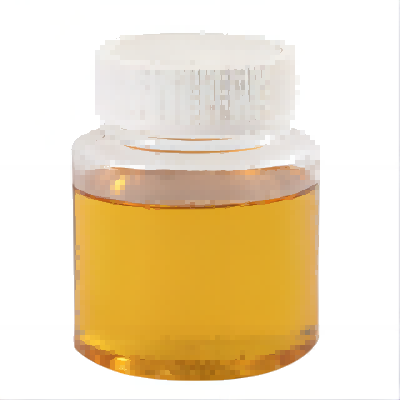
Diazinon CAS:333-41-5 Manufacturer Supplier
Diazinon is available in the form of a colourless or dark brown liquid. It is sparingly soluble in water but very soluble in petroleum ether, alcohol, and benzene. Diazinon is used for the control of a variety of agriculture and household pests. These include pests in soil, on ornamental plants, fruit, vegetable, and crops and household pests like flies, fleas, and cockroaches.
-

Chlorfenapyr CAS:122453-73-0 Manufacturer Supplier
Chlorfenapyr is a broad spectrum pesticide which is not approved for use in the EU, and only approved for limited applications in the US (applications for ornamental plants in greenhouses). It was originally rejected for FDA approval due to avian and aquatic toxicity. Data on human toxicity is still scarce, but it has moderate mammalian toxicity when taken orally, causing vacuolation of the nervous system in mice and rats. It is not persistent in ecosystems, and has low aqueous solubility.Chlorfenapyr can also be used as an insect-proofing agent in wool, and has been investigated for applications in malaria control.
-
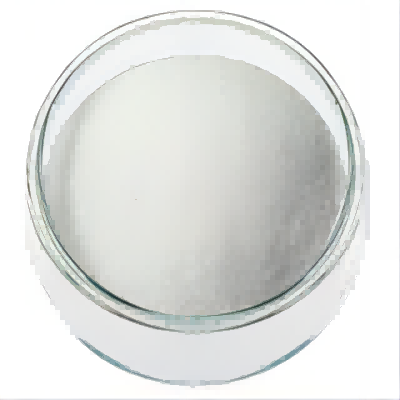
Diafenthiuron CAS:80060-09-9 Manufacturer Supplier
Diafenthiuron is an aromatic ether that is 1,3-diisopropyl-5-phenoxybenzene in which the hydrogen atom at position 2 is substituted by a (tert-butylcarbamothioyl)nitrilo group. An agricultural proinsecticide which is used to control mites, aphids and whitefly in cotton. It has a role as an oxidative phosphorylation inhibitor and a proinsecticide.
-
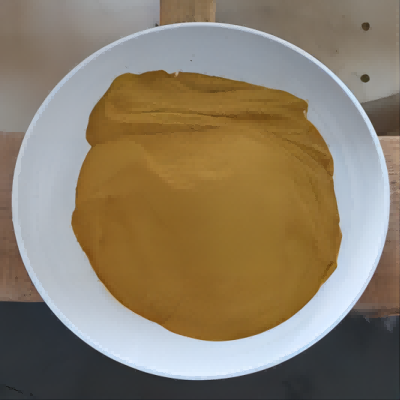
Bacillus thuringiensis CAS:68038-71-1 Manufacturer Supplier
Bacillus thuringiensis or Bt is a naturally occurring rod-shaped, spore-forming, aerobic, grampositive micro-organism (bacterium) that is found throughout most areas of the world. It can be found in soils and on leaves/needles and in other common environmental situations. When the bacteria produces spores, it also produces unique crystalline proteins. When eaten, these natural proteins are toxic to certain insects, but not to human beings, birds, or other animals.
-
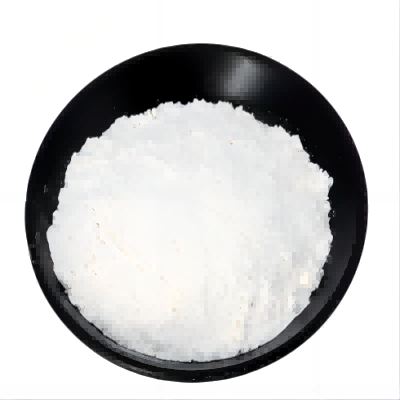
Thiamethoxam CAS:153719-23-4 Manufacturer Supplier
Thiamethoxam is an oxadiazane that is tetrahydro-N-nitro-4H-1,3,5-oxadiazin-4-imine bearing (2-chloro-1,3-thiazol-5-yl)methyl and methyl substituents at positions 3 and 5 respectively. It has a role as an antifeedant, a carcinogenic agent, an environmental contaminant, a xenobiotic and a neonicotinoid insectide. It is an oxadiazane, a member of 1,3-thiazoles, an organochlorine compound and a 2-nitroguanidine derivative. It derives from a 2-chlorothiazole.
-
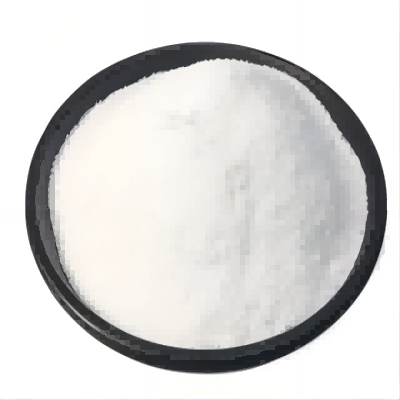
Carbaryl CAS:63-25-2 Manufacturer Supplier
Carbaryl is compatible with most common pesticides, however it should not be combined with lime sulphur and Bordeaux mixes. Carbaryl is highly toxic to earthworms and should not be used on soil insects except in cases such as bowling greens where it can be used for the control of worms that would otherwise damage the highly manicured surface.
-
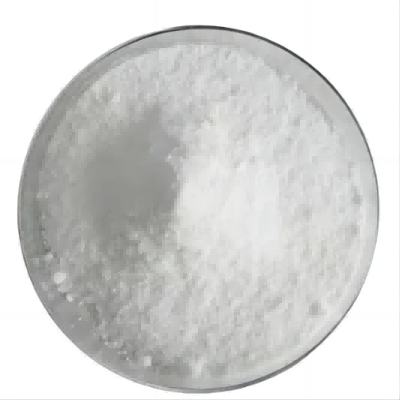
Avermectin CAS:71751-41-2 Manufacturer Supplier
Abamectin (Avermectin) is a nerve toxic agent. Its mechanism is targeting to the GABAA receptor of insect neuron synapse or neuromuscular synapse, interfering with the information transfer of nerve endings, namely stimulating the nerve endings to release neurotransmitter inhibitor γ-aminobutyric acid (GA-BA), prompting the extensive opening of the GABA-gated chloride channel with chloride channel-activating effect.
-
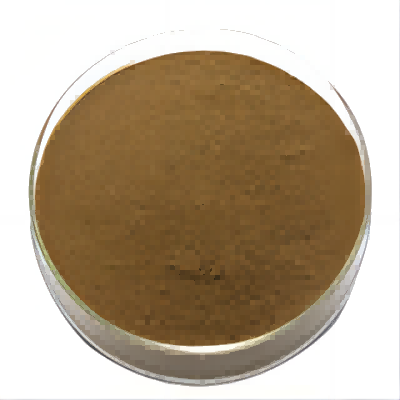
Rotenone CAS:83-79-4 Manufacturer Supplier
Rotenone is both a stomach and contact poison for arthropods. Its fast knockdown action is attributed to decreasing the availability of nicotinamide adenine dinucleotide to serve as a cofactor in various biochemical pathways including the Krebs cycle, thereby inhibiting the mitochondrial respiratory enzymes.
-
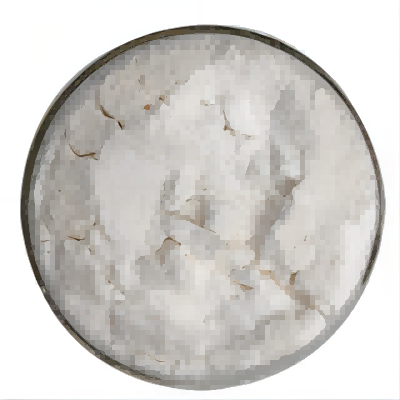
Fipronil CAS:120068-37-3 Manufacturer Supplier
Fipronil is a white powder with a mouldy odour. It has a low solubility in water and is a slow-acting poison. It does not bind strongly with soil, and the half-life of fipronil– sulphone is 34 days. Fipronil is a broadspectrum insecticide of the phenylpyrazole group. Fipronil was first used extensively for the control of ants, beetles, cockroaches, fleas; ticks, termites, mole crickets, thrips, rootworms, weevils, flea of pets, field pest of corn, golf courses, and commercial turf, and other insects.
-
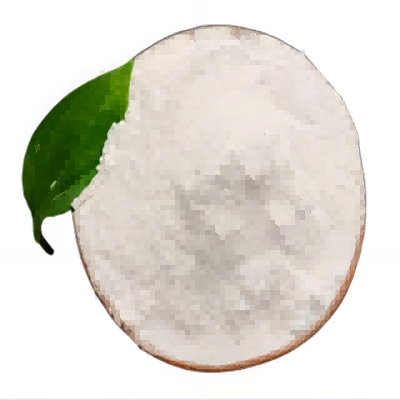
Amitraz CAS:33089-61-1 Manufacturer Supplier
Amitraz is quickly hydrolyzed in an acid environment when it is orally administrated, due to its instability in this environment. The hydrolysis in a low pH generates the compound 2,4-dimethylphenyl formamide, which is stable in an acid environment. Amitraz is a formamidine pesticide widely used as an insecticide and acaricide.

